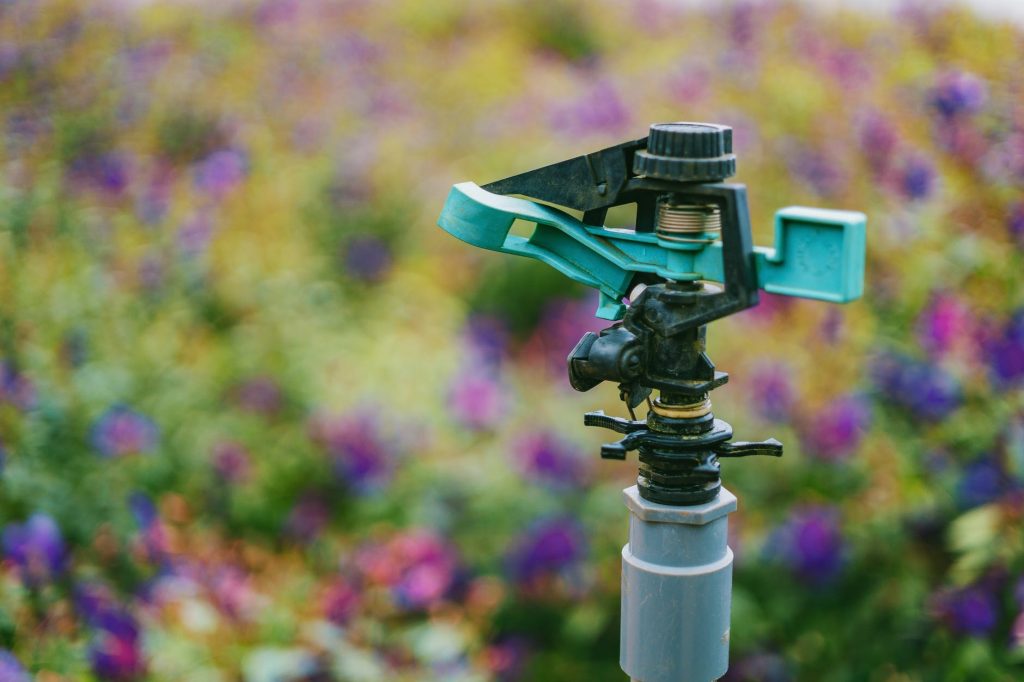Getting Your Irrigation and Sprinkler Systems Ready for Spring

For more tips and tricks on safely getting your irrigation system ready after a long winter’s nap:Contact us Today at Ace Plumbing Heating & Air Conditioning
Make Sure the Ground Isn’t Frozen
Before you start de-winterizing your system, you want to make sure the ground isn’t still frozen. Use a shovel and dig about 12-inches in an inconspicuous place. If you hit frozen ground before digging 12-inches, it’s too early to start recharging your sprinkler and irrigation system. Turning your system on while the ground is still frozen can cause water lines to break during startup.
Start the Control Panel
Since most control panels are installed outdoors, you’ll probably need to wipe yours down and clear a few cobwebs. Next, turn it on and check the settings for the correct irrigation zones, times, Hand dates. You should replace the batteries–especially if you haven’t turned the control panel on since the start of winter.
Clean and Inspect Sprinkler Heads
Inspecting and cleaning sprinkler heads before initial startup is an important step many people overlook. Hard water deposits like rust and calcium form during the winter months and failing to clean your sprinkler heads can lead to uneven water spray. In some cases, you can damage the sprinkler head assembly by trying to send a rush of water through clogged nozzles.
Opening the Main Water Valve
Many people make the mistake of opening the main water valve too quickly. Sending a rush of air and water through empty water pipes creates an effect professionals call “water hammer” –a surge of pressure that can cause sprinkler heads to burst out of the ground or damage the fittings.
So, you want to open the main water valve slowly until you can hear water flowing through the pipes. Wait for a few minutes as the water flows into the mainline, then open the valve a couple of degrees wider until it’s fully open. As the water flows through the sprinkler heads, check to make sure any debris trapped in the line is flushed out. Once the water is clear, close the main valve.
Test Your Irrigation Zones
Once your irrigation system is full of water, you’ll want to test each of your irrigation zones for at least two minutes. Not only are you flushing out any remaining air, but it also gives you a chance to test your timer and check to make sure each sprinkler is spraying properly. You can also check the sprinkler heads for any breaks or leaks. Once you’ve finished inspecting each zone, you can fully open your main water supply valve.
To learn more about irrigation systems in the greater Sacramento area and how you can save water and money over the lifetime of your systems, contact us at Ace Plumbing Heating & Air Conditioning today.



